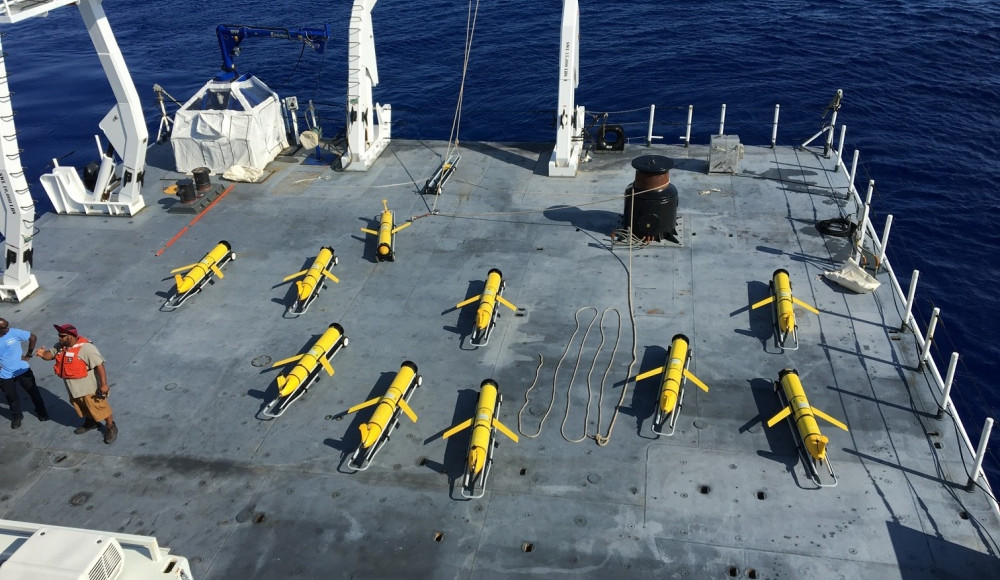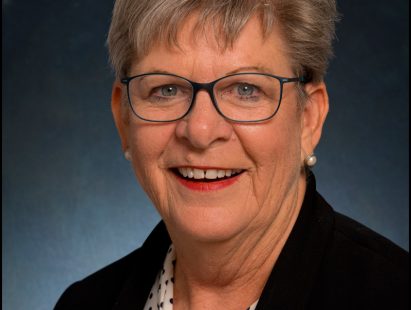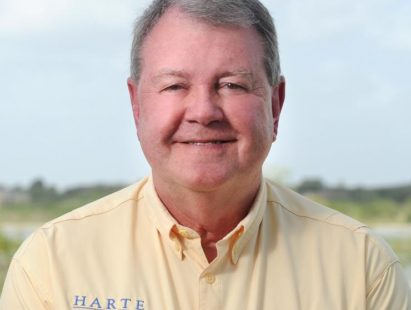
By Barbara Kirkpatrick and Larry McKinney
You may have seen the fascinating story in the Washington Post recently about a robotic glider sailing directly into the path of the massive Hurricane Sam. The Saildrone’s mission was to collect ocean data about the category 4 storm.
As Gulf of Mexico residents — one of us in Texas and one in Florida — and as ocean scientists with decades of experience, we’re accustomed to keeping a close watch on the Atlantic basin during hurricane season and have been working for years to develop and use the technologies that will allow us to do what the Saildrone just accomplished: gather crucial data that will help the National Hurricane Center develop better forecasts of hurricane paths and, especially, intensity.
With climatologists predicting even more frequent and severe storms in the future, the U.S. must put in place the crucial infrastructure needed to help mitigate storm impacts — to protect our lives and our economy.
In ocean science, critical infrastructure means more than just roads and bridges, clean water and a reliable Internet — though of course we think these things are important. What we’re talking about is having the tools in place that allow for more accurate and reliable storm forecasts. In short, we need a fleet of underwater robots (like the one pictured above) monitoring the Gulf and Atlantic basin at all times.
These robots travel below the ocean’s surface — something satellites and Saildrones cannot do — to provide vital data about the heat content throughout the entire water column. Having this information is a crucial element for predicting the intensity and severity of storms — and minimizing the loss of life and property.
Over the last several years, the Gulf ocean observing community has been working together to organize our glider operations so we are working in concert to maximize data collection during hurricane season. The money to run these operations — and collect this crucial data — is often cobbled together using available budgets from universities and nonprofit organizations, funding from industry, along with limited federal dollars.
The amount of available funding varies from year to year — making it impossible to plan for sustained observations that have shown to greatly improve storm forecasts. Numerous reports over the years have advocated for sustained glider operations, including the Gulf of Mexico Coastal Ocean Observing System Build-Out Plan as far back as 2014 and the more recent National Academies of Sciences, Engineering and Medicine’s Gulf Research Program Loop Current Consensus Study in 2018.
The U.S. Navy operates a substantial glider fleet for homeland security and touts the economic savings of these vehicles over traditional shipboard observations: Gliders are a whopping 100 times cheaper to operate — that’s $100 per data set vs. $10,000 for data collected by a crew on a ship. Glider data is also transmitted via satellite in real-time, meaning the information can be incorporated into forecasts as soon as it is transmitted.
As infrastructure debate continues, we hope that the infrastructure of our oceans is not forgotten.
The Gulf of Mexico is a vital economic driver that generates $234 billion annually for the U.S. economy. It’s strategically important to homeland security and provides jobs for 20 million people.
Last year, the Gulf of Mexico experienced 12 named storms. We are in peak hurricane season at the time of this writing. How many more storms will we have this year? How many lives could we save and how much economic damage could we prevent if we had a sustained glider fleet in the Gulf?

Barbara Kirkpatrick, Ed.D., is the former Executive Director and current Senior Advisor with GCOOS, which provides timely, reliable, accurate and on-demand information on the open ocean and coastal ocean waters of the Gulf of Mexico to ensure a healthy, clean, productive ocean and resilient coastal zone.

Larry McKinney, Ph.D., is Chair for Gulf of Mexico Strategies for the Harte Research Institute for Gulf of Mexico Studies (Harte.org), which seeks science-driven solutions for Gulf of Mexico problems in order to advance its long-term sustainable use and conservation.














